The prevention of outages has always been a top priority for data center owners and operators - but outages do occur. This report analyzes recent Uptime Institute data on IT and data center outages: their causes, costs and consequences.
filters
Explore All Topics
Results from Uptime Institute's 2025 Data Center Resiliency Survey (n=970) focus on data center resiliency issues and the impact of outages on the data center sector globally.The attached data files below provide full results of the survey,…
When building cloud applications, organizations cannot rely solely on cloud provider infrastructure for resiliency. Instead, they must architect their applications to survive occasional service and data center outages.
AI training clusters can show rapid and large swings in power consumption. This behavior is likely driven by a combination of properties of both modern compute silicon and AI training software - and may be difficult to manage at scale.
Uptime analysis suggests a growing interest in public cloud by financial institutions. But concerns over cloud providers' support for regulation compliance ahead of the EU's Digital Operational Resilience Act may cause some to pull back.
UPS systems are the number one root cause of significant and severe outages. Analysis of reliability data from data center management software provider Fulcrum Collaborations sheds more light on the prevalent UPS component failures.
Several recent outages have exposed the global dependency on a small number of third-party suppliers - and governments around the world are already taking note.
Three recent data center outages illustrate the truth of the adage: "You can't contract out responsibility."
Uptime Institute draws lessons from global outages data for 2024's annual benchmark review of the impacts, costs and changing types and frequency of crucial infrastructure failures.
Avoiding digital infrastructure failures remains paramount for data center owners and operators. This report analyzes recent Uptime Institute data on IT and data center outage trends: their causes, costs and consequences.
Cloud-related outages pose a serious financial risk to operators of mission-critical digital infrastructure. And a rising number of high-cost outages suggests that insurers may have a role to play.
Germany's Energy Efficiency Act makes a PUE of 1.2 mandatory for all new data centers starting in 2026. This has reignited a debate: can a data center be both highly available and highly efficient?
DLC promises attractive thermal performance and economics, but data center operators looking to adopt it will need to examine how they define and uphold their resiliency standard as product designs and resiliency guidance evolve.
Attitudes to critical infrastructure regulation vary across the world, with the regulators and the regulated mostly agreeing about the goal, role and application of new rules. The US, however, remains an outlier.
Regulatory concerns over security, resiliency and energy use have led to a wave of new and updated requirements for data centers. Organizations are beginning to invest more to achieve compliance.
 Douglas Donnellan
Douglas Donnellan
 Andy Lawrence
Andy Lawrence
 Rose Weinschenk
Rose Weinschenk

 Paul Carton
Paul Carton
 Anthony Sbarra
Anthony Sbarra
 Laurie Williams
Laurie Williams
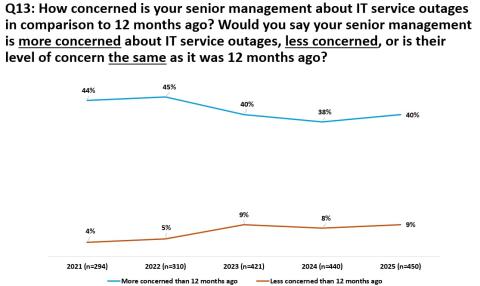
 Dr. Owen Rogers
Dr. Owen Rogers
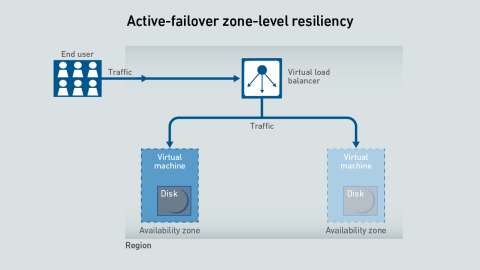
 Daniel Bizo
Daniel Bizo

 John O'Brien
John O'Brien
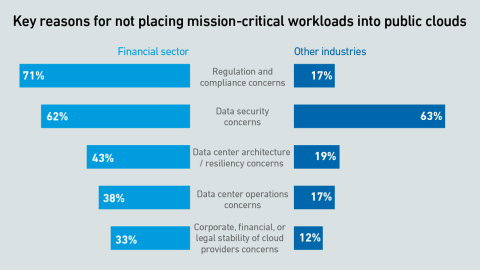
 Jabari Williams-George
Jabari Williams-George
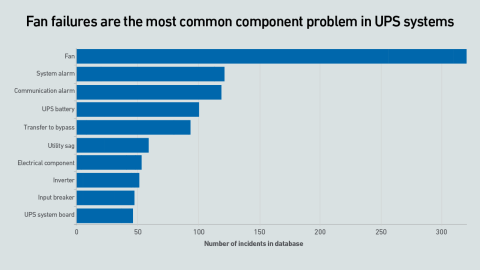
 Max Smolaks
Max Smolaks


 Chris Brown
Chris Brown
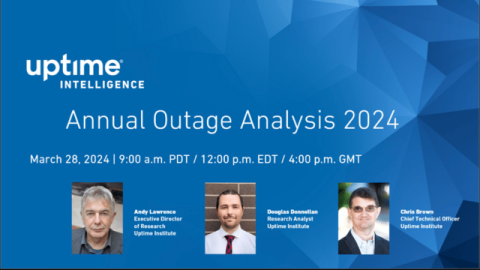
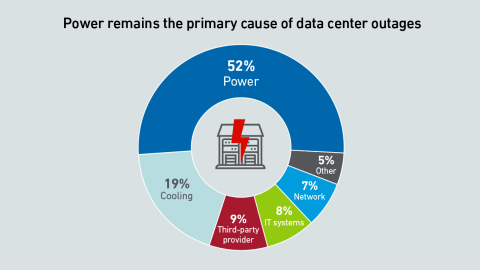
 Adam Page
Adam Page
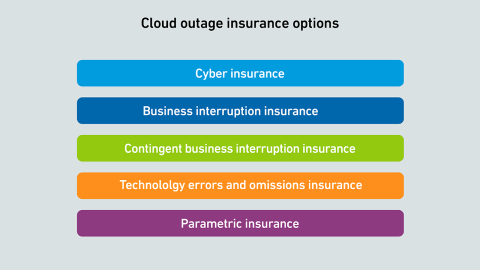
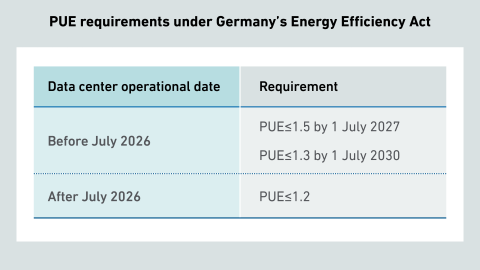
 Jacqueline Davis
Jacqueline Davis


